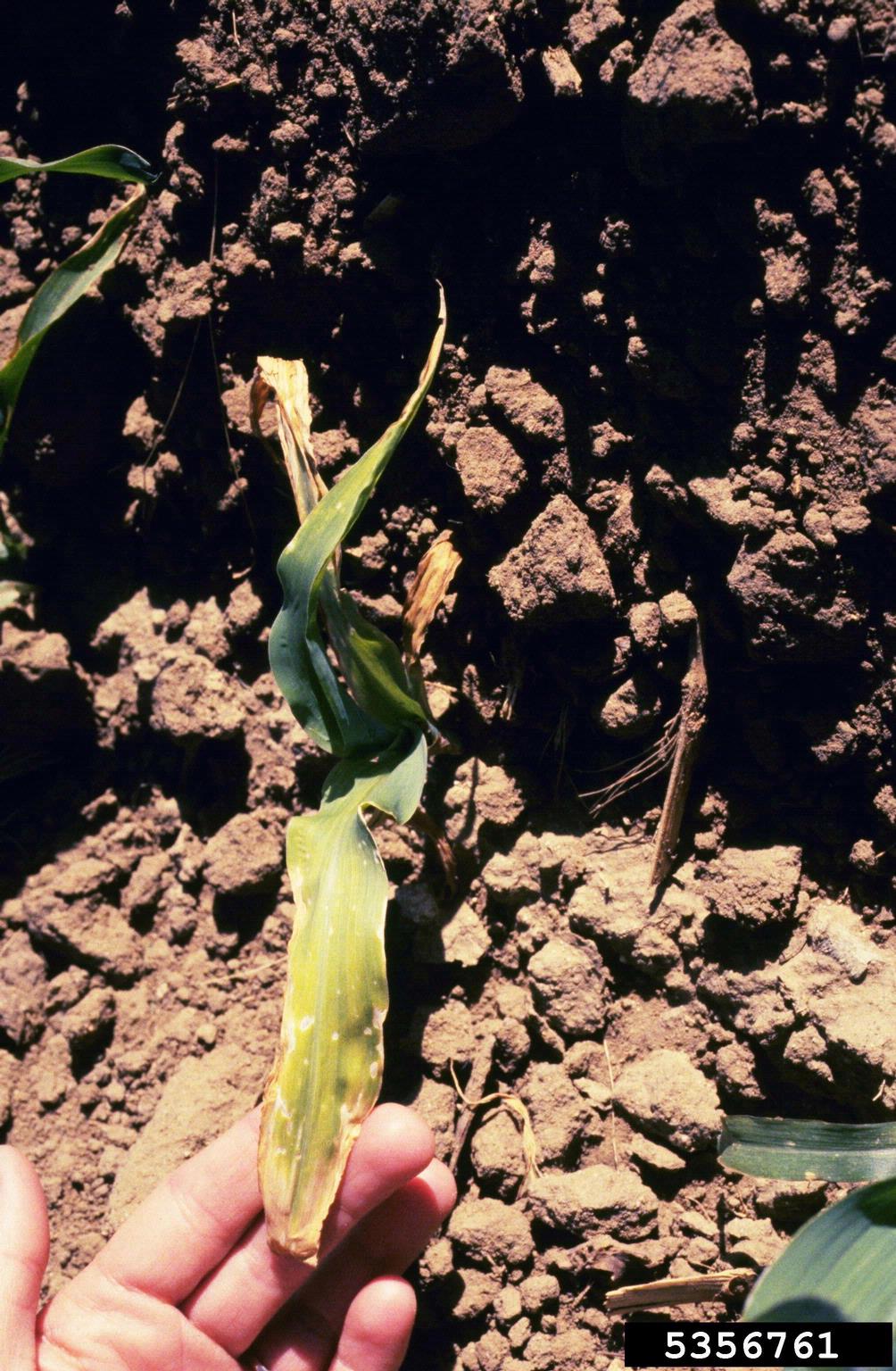Seed Rot Disease Of Corn: Reasons For Rotting Sweet Corn Seeds

Sweet corn is rarely damaged by serious diseases in the home garden, especially when proper cultural practices are followed. However, even with the most vigilant cultural control, Mother Nature doesn’t always play by the rules and may have a hand in fostering seed rot in sweet corn. What causes rotting sweet corn seeds and what can be done to avoid seed rot disease of corn? Let’s learn more.
What is Sweet Corn Seed Rot?
Sweet corn seed rot is a fungal disease that can result from various species of fungi including but not limited to Pythium, Fusarium, Diplodia, and Penicillium. All of these fungal pathogens affect the way the seed germinates, thus seedling development or lack thereof. Infected tissue color reflects which type of pathogen has infected the seed. For example, white to pink tissue indicates the presence of Fusarium, bluish color indicates Penicillium, while water-soaked striations indicate Pythium.
What Causes Rotting Sweet Corn Seeds?
Symptoms of seed rot disease in corn include decay and damping off. If seedlings are infected they yellow, wilt, and leaf drop occurs. Often, seeds fail to germinate at all and simply rot in the soil. Seed rot in corn is most prevalent in soil with temperatures below 55 degrees F. (13 C.). Cool, wet soil slows germination and increases the length of time the seed is exposed to fungi in the soil. Low quality seed also fosters weak seedlings that struggle or die in cold soil. While the disease may attack less rapidly, warm soil will still encourage the disease. In warmer soil, seedlings may emerge, but with rotted root systems and stems.
Control of Seed Rot in Sweet Corn
In order to combat seed rot in sweet corn, use only high quality, certified fungicide treated seed. Also, plant sweet corn on a raised temperature and only after temperatures are consistently above 55 degrees F. (13 C.). Implement other cultural controls to reduce the chance of disease in corn:
- Plant only corn varieties suited to your area.
- Keep the garden free from weeds, which often harbor viruses, as well as insects that may act as vectors.
- Keep the plants regularly watered to avoid drought stress and keep them healthy.
- Remove smutted corn ears immediately and any corn debris post-harvest to reduce the incidence of diseases, resulting from corn smut and rust.
Sign up for the Gardening Know How newsletter today and receive a free copy of our e-book "How to Grow Delicious Tomatoes".

Amy Grant has been gardening for 30 years and writing for 15. A professional chef and caterer, Amy's area of expertise is culinary gardening.
